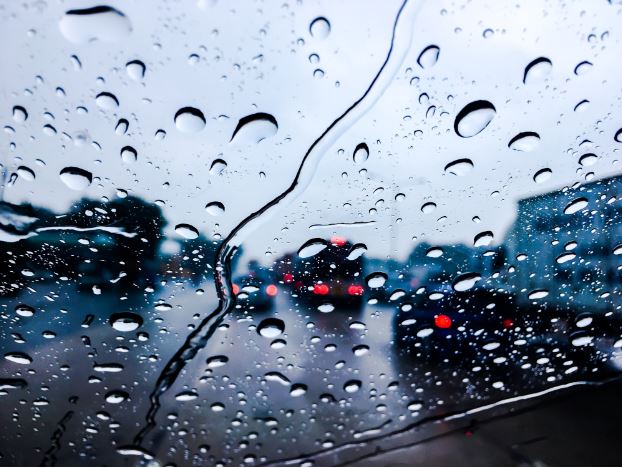Driving in the rain can present various challenges, even for seasoned drivers. It’s crucial to understand these risks and prepare accordingly to ensure both your safety and the longevity of your vehicle.
1. Understand Hydroplaning and How to Prevent It
One of the most significant hazards of driving in wet conditions is hydroplaning. Hydroplaning occurs when a layer of water builds up between your vehicle’s tires and the road surface, leading to a loss of traction and control. To prevent this, learn hydroplaning basics like maintaining your tires in good condition, ensuring they have adequate tread depth. Furthermore, try to reduce your speed when it’s raining and avoid sudden braking or turning maneuvers that could initiate hydroplaning.
2. Proper Visibility is Crucial
Driving in the rain often means dealing with poor visibility. Ensure that your vehicle’s windshield wipers are in optimal condition, replacing them as necessary. Additionally, use your vehicle’s defrost feature to keep windows clear of condensation. Lastly, remember to use your headlights, even in light rain or gloomy conditions, to improve your visibility to other drivers.
3. Adopt Defensive Driving Strategies
In rainy conditions, it’s essential to practice defensive driving. Increase your following distance to allow more stopping time. Quick stops can be more difficult to achieve when the road is wet. Also, stay vigilant for pedestrians and cyclists who might be more difficult to spot.
4. Safeguard Your Car’s Exterior
Rain can contain contaminants that, when left on the car’s surface, may cause damage to the paint. Regularly wash your car and apply a good-quality wax. This not only keeps your vehicle looking its best but also creates a barrier against potential rain-induced damage.
5. Use of Lights and Windshield Wipers Properly
Visibility is often compromised during rainy conditions. Therefore, it’s vital to ensure your headlights, taillights, and windshield wipers are functioning optimally. Use your vehicle’s lights not only to improve your visibility but also to help other drivers see you. Remember to replace your wiper blades regularly for optimum performance.
Bonus Tip: Get Regular Vehicle Maintenance Checks
Have a professional inspect your vehicle and carry out maintenance checks regularly, particularly the tires and brakes. These components play a vital role in wet-weather driving. Keeping your car in prime condition will not only ensure optimal performance but will also enhance safety when driving in the rain.
Conclusion
Driving in the rain can pose unique challenges to both the driver and the vehicle. By following the five tips listed above, not only will you enhance your safety, but you will also protect your car’s health and longevity. For further assistance in maintaining your vehicle’s pristine condition, the experts at Anderson Auto Body and Paint Website are always at your service.




Recent Comments